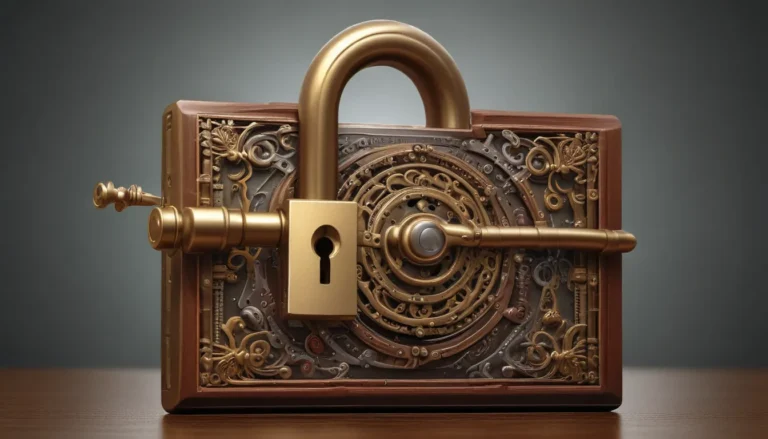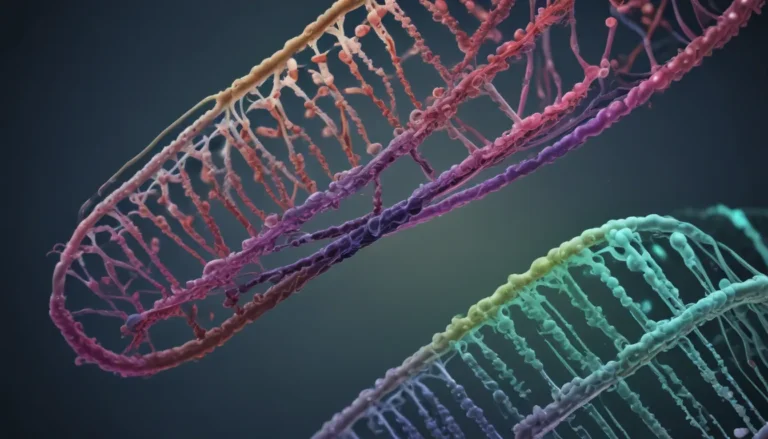A Note About Images: The images used in our articles are for illustration purposes only and may not exactly match the content. They are meant to engage readers, but the text should be relied upon for accurate information.
Are you ready to dive into the captivating world of ionic radius and uncover the mysteries behind this essential concept in chemistry? From the factors influencing ionic size to the trends observed in the periodic table, join us on a journey to expand your knowledge and deepen your understanding of this fundamental concept. Get ready to explore 18 extraordinary facts about ionic radius and how it shapes the properties and behaviors of atoms and ions.
Understanding Ionic Radius: A Key Concept in Chemistry
The ionic radius refers to the size of an ion, which is determined by the arrangement of its electrons and the forces that hold them in place. This measurement plays a crucial role in predicting how ions will interact with each other and form compounds. By understanding the ionic radius, we can gain valuable insights into the behavior of atoms and ions in various chemical reactions.
Factors Influencing Ionic Radius
The size of an ion is influenced by the nuclear charge, number of electrons, and electron configuration. These factors determine the attraction between the nucleus and the electrons, leading to changes in the ionic radius. Cations, which are positively charged ions, have smaller ionic radii compared to their parent atoms, while anions, which are negatively charged ions, have larger ionic radii due to the addition of extra electrons.
Trends in Ionic Radius Across the Periodic Table
As we move from left to right across a period in the periodic table, the ionic radius generally decreases. This trend is attributed to the increasing nuclear charge that pulls the valence electrons closer to the nucleus, reducing the ionic radii. On the other hand, when moving down a group in the periodic table, the ionic radius tends to increase due to the addition of new electron shells.
The Role of Ionic Radius in Chemical Bonding and Solubility
The ionic radius influences the strength of ionic bonds, with smaller ions forming stronger attractions. Additionally, the solubility of ions in water can be affected by their ionic radius, with smaller ions exhibiting higher solubility due to stronger interactions with water molecules.
Applications of Ionic Radius in Various Fields
Ionic radius plays a vital role in crystal structures, conductivity of ionic compounds, coordination number in crystal lattices, and color in minerals. Understanding and manipulating the ionic radius is essential in fields such as materials science, nanotechnology, biochemistry, and environmental science for developing new materials with specific properties and applications.
Emerging Trends and Future Research in Ionic Radius
Ongoing research aims to further understand the relationship between ionic radius and various properties, expanding its applications in fields such as nanotechnology, medicine, and energy. By delving deeper into the intricacies of ionic size, scientists can make remarkable discoveries and push the boundaries of knowledge in the realm of chemistry.
FAQs: Exploring Common Questions About Ionic Radius
-
What is ionic radius?
Ionic radius refers to the size of an ion, which is an atom or molecule that has gained or lost electrons, resulting in a positive or negative charge. -
How is ionic radius different from atomic radius?
Atomic radius refers to the size of an atom, while ionic radius specifically refers to the size of an ion. -
What factors influence ionic radius?
The number of protons, electrons, and overall charge of the ion are the main factors influencing ionic radius. -
How does ionic radius change across the periodic table?
Generally, ionic radius decreases from left to right across a period and increases from top to bottom within a group. -
What is the significance of understanding ionic radius?
Understanding ionic radius helps in predicting chemical reactivity, explaining solubility patterns, and understanding various phenomena in chemistry and related fields. -
How is ionic radius measured?
Experimental techniques such as X-ray crystallography and theoretical calculations are used to determine the ionic radius of different ions. -
Can ionic radius be larger than atomic radius?
Yes, ionic radius can be larger than atomic radius due to the addition or removal of electrons during ion formation. -
How does ionic radius affect chemical bonding?
The size of ions influences the strength of electrostatic attractions between them, affecting the nature of chemical bonding. -
Are there any exceptions to the trends in ionic radius?
Some exceptions exist, particularly in transition metals where partially filled d orbitals can affect the size of ions.
Conclusion: Unveiling the Secrets of Ionic Radius
Ionic radius is a captivating concept that influences the properties and behaviors of atoms in chemistry. By uncovering the mysteries of ionic radius and exploring its impact on chemical reactivity, solubility, and crystal structures, we gain valuable insights into the fundamental nature of matter. From predicting the behavior of elements to developing innovative materials, the study of ionic radius paves the way for remarkable discoveries and advancements in various scientific fields.






